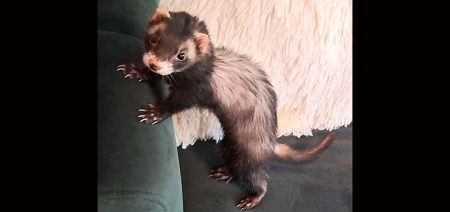More On Invasive Species:  Terrestial Plants, Part 2
Published:
July 19th, 2012
By:
George Franke

Last week I outlined three invasive terrestrial plants/shrubs that are growing wild here in our area. Plants that I am familiar with and have had to deal with on my property. This week, I present three more nasty buggers that seem to grow like mad even in the current drought conditions. Gosh, I wished my tomatoes and corn would grow like some of these invasive weeds. This week we will look at giant hog weed, buckthorn, and japanese knotweed.
It can tolerate a variety of adverse conditions including full shade, high temperatures, high salinity, and drought. It is found near water sources, such as along streams and rivers, in low-lying areas, waste places, utility rights-of-way, and around old home sites. It can quickly become an invasive pest in natural areas after escaping from cultivated gardens. What am I? Japanese knotweed, of course. Also locally known as japanese bamboo. This is one difficult plant to get rid of, for sure.
Brought here in the 1800's as an ornamental, the knotweed's minute greenish-white flowers occur in summer and are followed soon after by small winged fruits. Seeds are very small. It reproduces primarily by seed and vegetative means with the help of long, stout roots. It can be transported to new sites by water, wind, as a contaminant in fill-dirt, or on the soles of muddy boots, waders or shoes.
Author: George Franke - More From This Author
Comments






